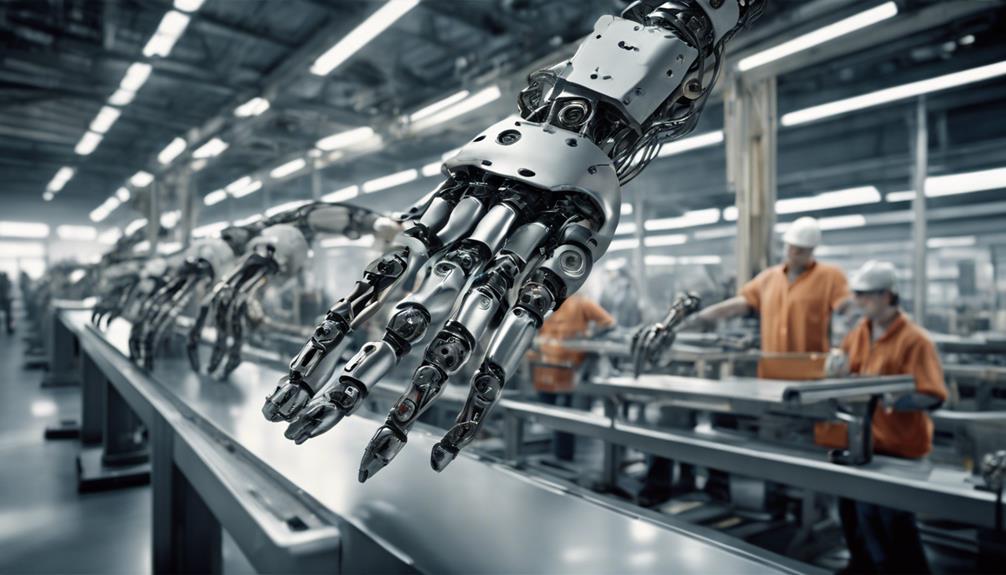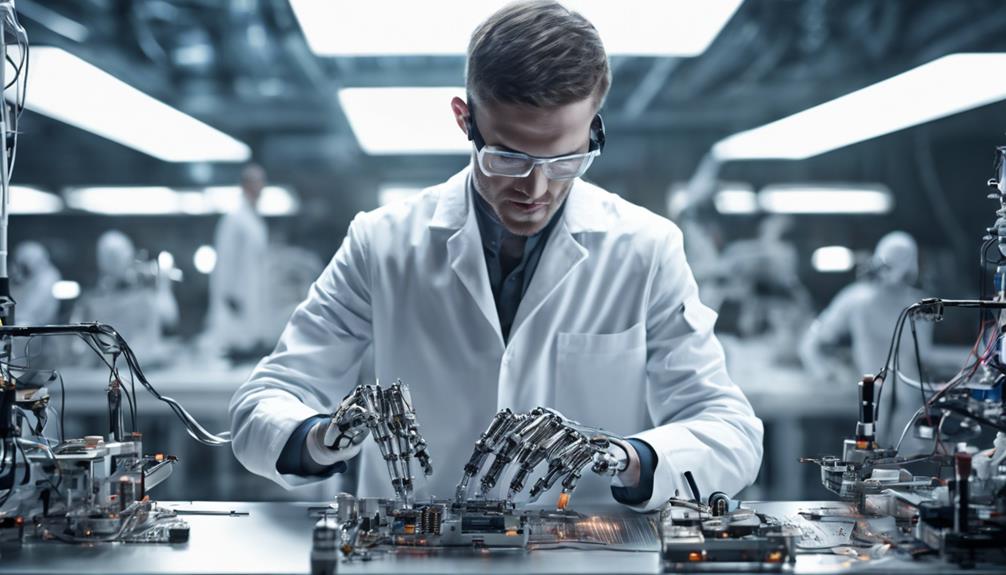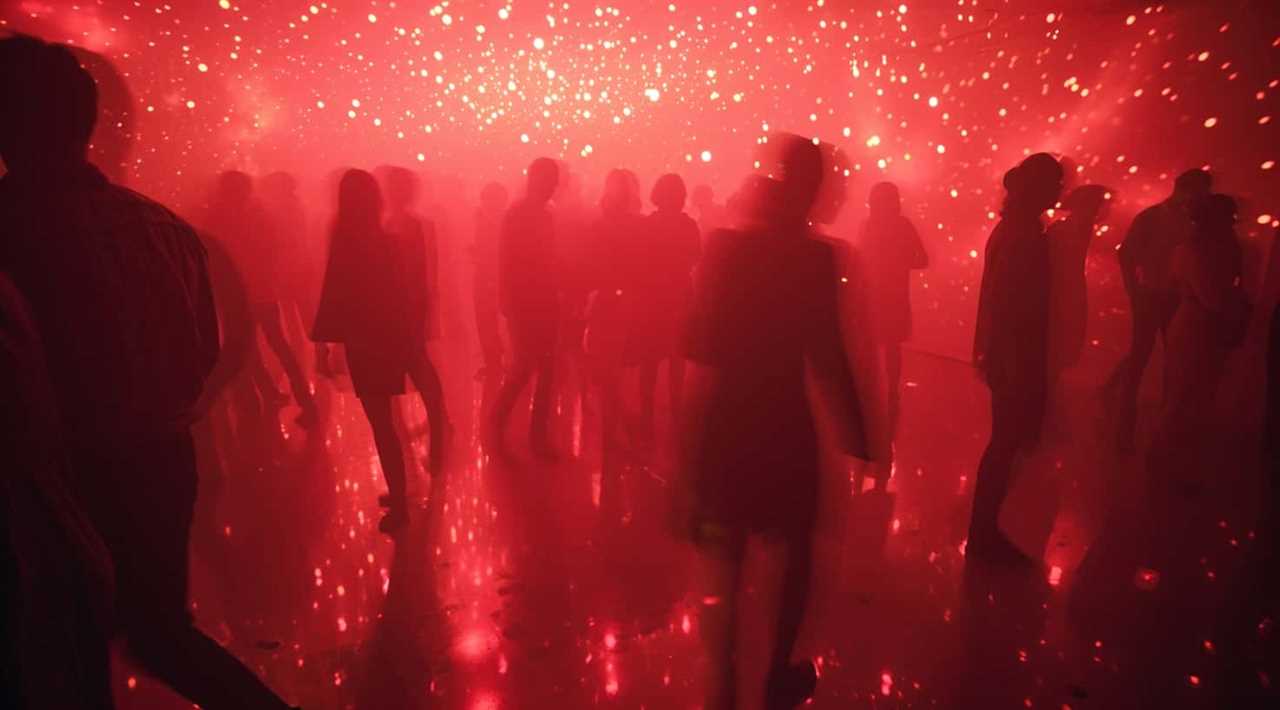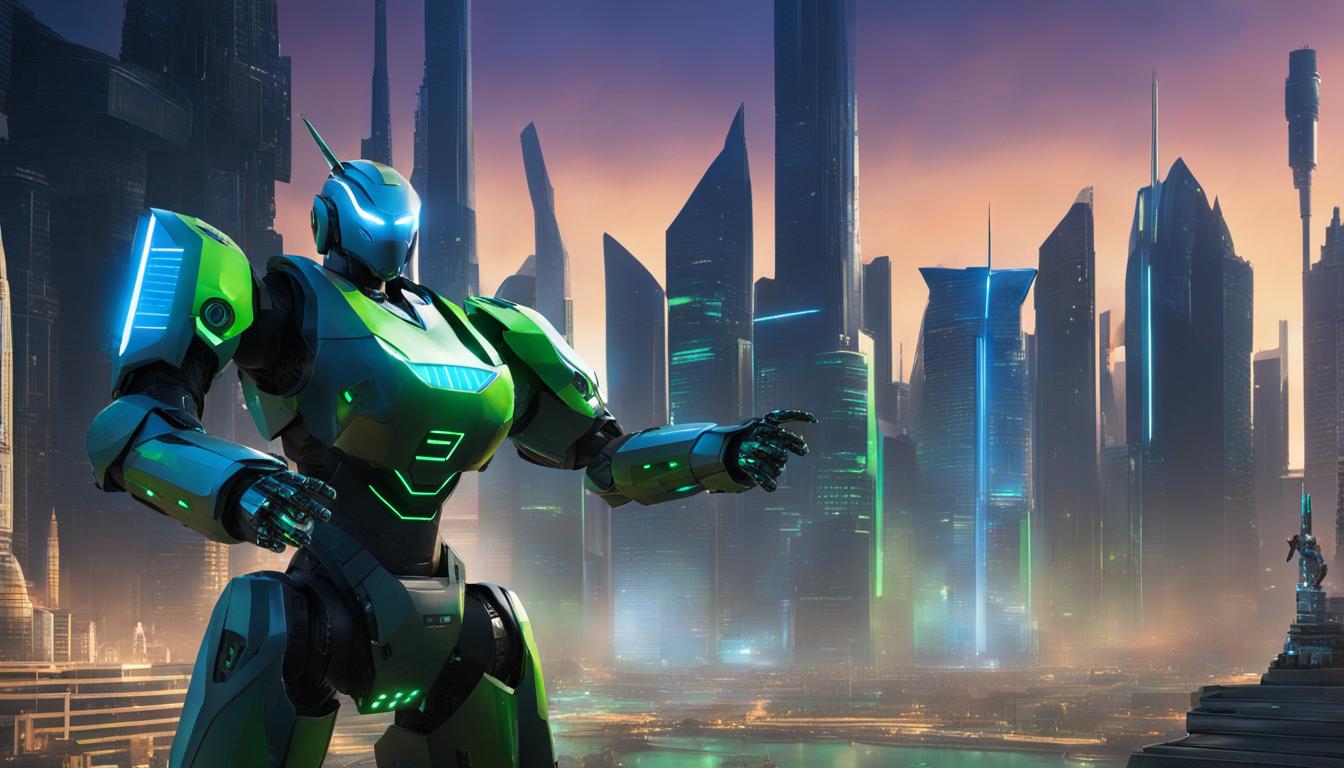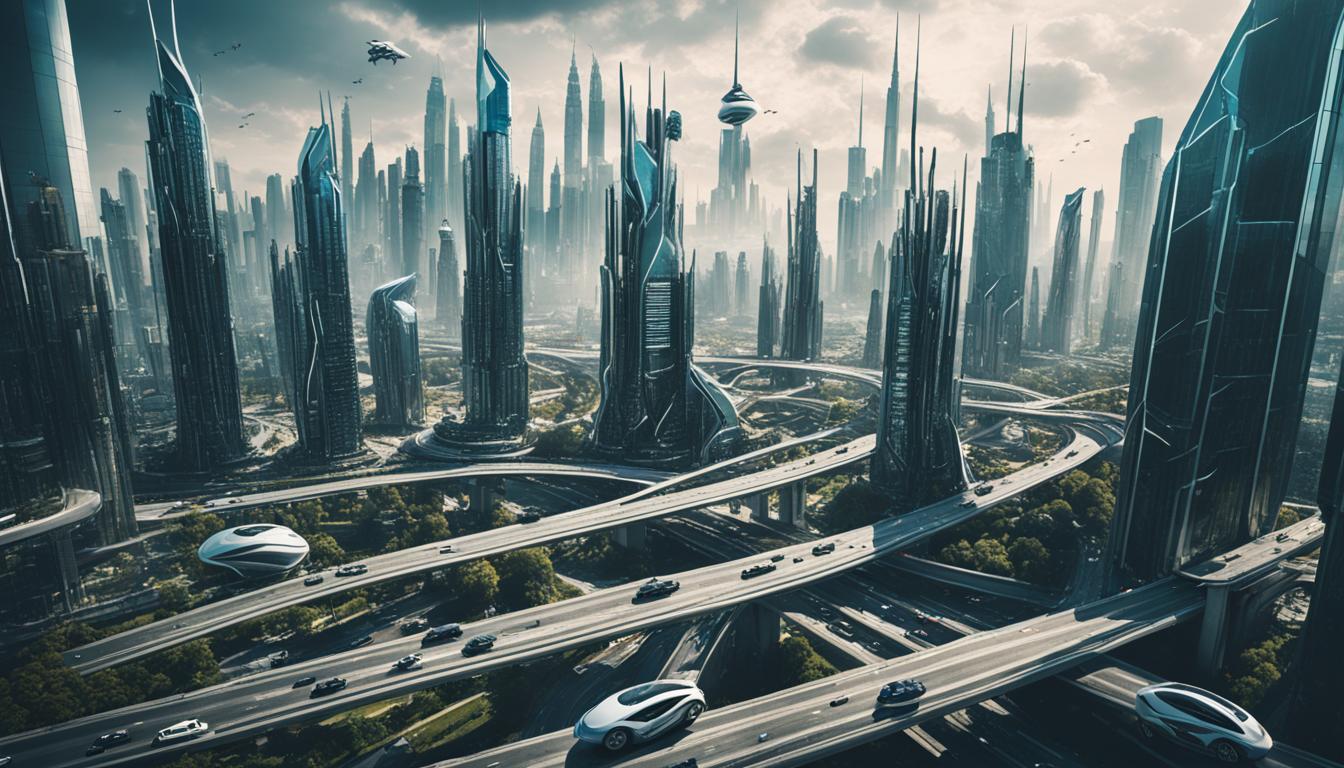We are thrilled to announce a major AI breakthrough that has unlocked the secrets of the ancient scrolls from Herculaneum. Buried for centuries beneath the volcanic ash of Mount Vesuvius, these priceless manuscripts have confounded researchers for generations.
Now, through the use of innovative artificial intelligence, these enigmatic scrolls are finally being deciphered, revealing a new understanding of Greco-Roman antiquity.
Join us as we explore the fascinating world of AI and its transformative impact on the study of ancient texts.
Key Takeaways
- The Herculaneum library is the only intact library to survive from Greco-Roman antiquity.
- Deciphering the papyri could revolutionize our knowledge of ancient history and literature.
- The Vesuvius Challenge and the use of AI in deciphering ancient texts is part of a broader shift.
- AI has the potential to greatly enhance our understanding of ancient civilizations.
Importance of the Herculaneum Library
Why is the Herculaneum library considered the most significant library from Greco-Roman antiquity?

The Herculaneum library holds immense importance in revolutionizing knowledge of ancient history and literature. It’s the only intact library to survive from this period, containing works that aren’t known from any other sources. With over 600 scrolls remaining intact and unopened, the potential for discovery is immense.
However, preservation techniques pose significant challenges. The charred scrolls are crumpled and crushed, making them difficult to study. Early attempts at opening the papyri resulted in a mess of fragments. Additionally, the ink on the older scrolls doesn’t show up on CT scans.
Despite these challenges, recent breakthroughs, such as the Vesuvius Challenge and virtual unwrapping techniques using CT scans and artificial intelligence, have allowed scholars to decipher portions of the scrolls. This represents a significant step forward in our understanding of ancient civilizations.
Challenges of Reading the Scrolls
Reading the scrolls from Herculaneum presents numerous challenges due to their charred and crushed state, making them difficult to study. This has posed significant obstacles for scholars attempting to decipher their contents. Here are three key challenges faced in reading the scrolls:
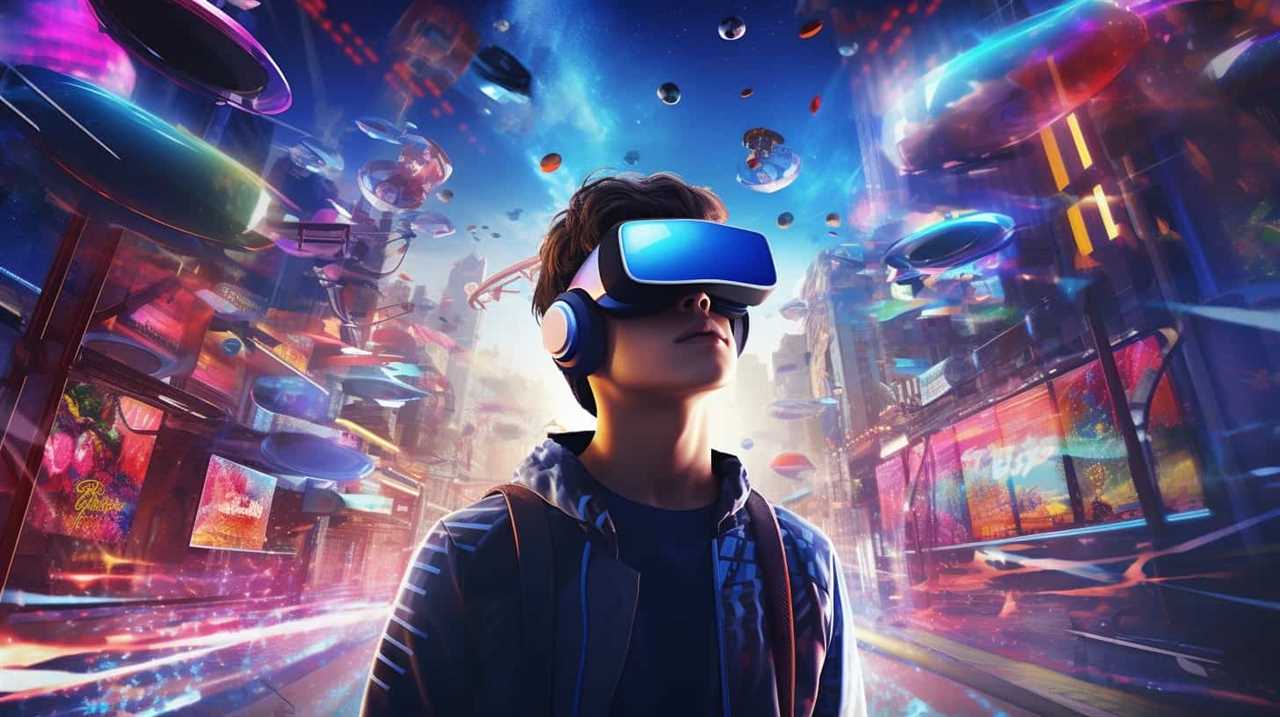
- CT scan challenges: The ink on the older Herculaneum scrolls is carbon-based and doesn’t show up on CT scans. This limits the effectiveness of traditional imaging techniques in revealing the hidden text.
- Machine learning advancements: The application of machine learning algorithms has provided a breakthrough in the study of the scrolls. Computer science student Luke Farritor developed an algorithm that can detect Greek letters on the papyrus, using subtle differences in surface texture to highlight the ink. This innovative approach has revolutionized the deciphering process.
- Preservation and fragility: The scrolls aren’t only charred but also crumpled and crushed, further complicating their study. Early attempts to open the papyri resulted in the fragmentation of the scrolls, creating a daunting task for scholars. Finding ways to preserve and handle these delicate artifacts is crucial to unraveling their secrets.
The Vesuvius Challenge and Breakthrough
As we delve into ‘The Vesuvius Challenge and Breakthrough’, we witness a remarkable achievement in the decipherment of the ancient Herculaneum scrolls. The breakthrough came in the form of a machine learning algorithm and CT scan imaging.
Luke Farritor, a computer science student, developed the algorithm to detect Greek letters on the papyrus by utilizing subtle differences in surface texture to highlight the ink. This innovative approach won him the ‘first letters prize’, as he deciphered more than 10 characters in a 4-square-centimeter area of papyrus.
Additionally, Brent Seales and his team developed methods to virtually unwrap the scrolls using CT scans. These scans captured tiny differences in texture, allowing an artificial neural network to read the letters in the X-ray images of opened Herculaneum fragments.
This breakthrough in deciphering the text was made possible through collaboration and the release of the scans and code to the public. The Vesuvius Challenge and the use of AI in deciphering ancient texts represent a broader shift in utilizing technology to enhance our understanding of ancient civilizations.
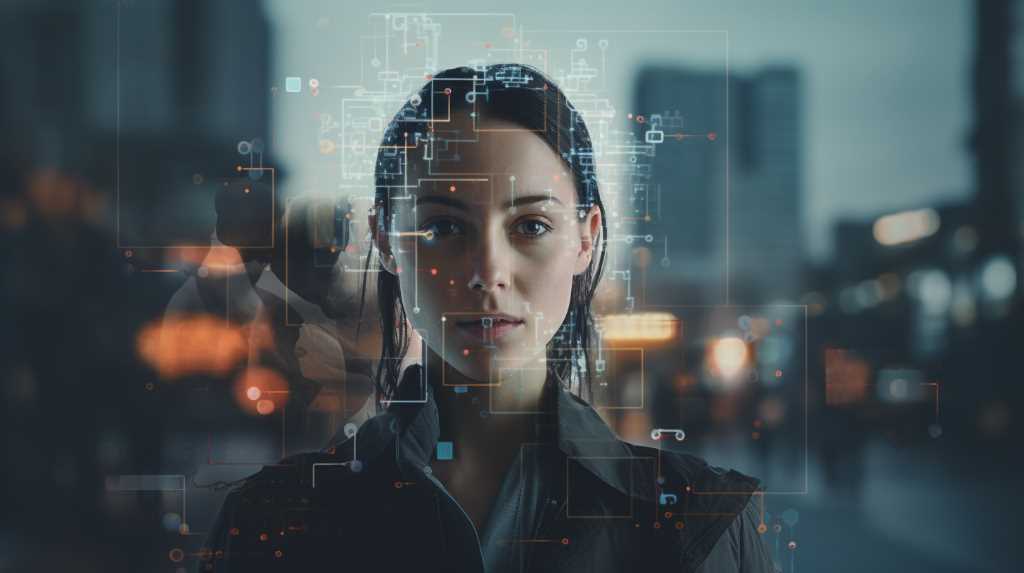
Virtual Unwrapping and Imaging Techniques
Continuing from the previous subtopic, our team utilized virtual unwrapping and imaging techniques to decipher the ancient Herculaneum scrolls. These innovative imaging methods and advanced decoding techniques were crucial in overcoming the challenges posed by the charred and crumpled state of the scrolls.
Here are three key aspects of our approach:
- CT scans: We employed high-resolution CT scans to capture minute differences in texture, allowing us to distinguish areas of papyrus coated with ink. This enabled us to virtually unwrap the scrolls and reveal the hidden text.
- Artificial neural network: By training an artificial neural network to read letters in X-ray images of opened Herculaneum fragments, we were able to automate the process of deciphering the text. This significantly accelerated our progress and improved accuracy.
- Collaboration and public release: The scans and code were made available to the public, fostering collaboration and knowledge sharing. This open approach led to the breakthrough in deciphering the ancient Herculaneum scrolls, marking a significant advancement in our understanding of ancient history and literature.
Through these cutting-edge techniques, we’ve unlocked the secrets of the Herculaneum library, revolutionizing our knowledge of the ancient world.
AI and the Study of Ancient Texts
In our exploration of the AI breakthrough in deciphering the ancient Herculaneum scrolls, we delve into the fascinating realm of AI and its impact on the study of ancient texts.

AI advancements have paved the way for innovative applications in archaeology, revolutionizing our understanding of ancient civilizations. Artificial intelligence tools, like Ithaca, assist scholars in determining the date and origins of unidentified ancient inscriptions, transcending language barriers from Korean to Akkadian.
The use of AI in deciphering ancient texts, such as the Herculaneum scrolls, is part of a broader shift in the field. With AI’s ability to analyze and interpret complex data, it has the potential to greatly enhance our knowledge and comprehension of ancient history and literature.
Through the collaboration between AI and scholars, we’re unlocking the secrets of the past and gaining invaluable insights into our human heritage.
Future Implications and Possibilities
Moving forward, we can explore the potential impact and possibilities that lie ahead with the groundbreaking decipherment of the ancient Herculaneum scrolls. The integration of AI in the study of ancient texts opens up exciting opportunities for future advancements in archaeological research and other fields of study. Here are three potential implications:

- Enhanced understanding of ancient civilizations: AI tools have the potential to greatly enhance our understanding of ancient civilizations by deciphering previously unreadable texts. This breakthrough in deciphering the Herculaneum scrolls is just the beginning, as AI can be applied to various languages and scripts across different time periods.
- Preservation and reconstruction of lost knowledge: The decipherment of the Herculaneum scrolls not only unlocks lost knowledge but also presents the possibility of reconstructing fragmented texts. AI algorithms can help piece together damaged or destroyed manuscripts, providing invaluable insights into the past.
- Interdisciplinary collaborations: The successful integration of AI in deciphering ancient texts encourages interdisciplinary collaborations between computer scientists, archaeologists, linguists, and historians. This collaborative effort can lead to innovative approaches and methodologies that push the boundaries of traditional research methods.
The future implications and possibilities of AI in the study of ancient texts are vast, promising exciting advancements in both archaeological research and other related disciplines.
Conclusion
In the depths of time, the Herculaneum scrolls lay shrouded in mystery, their secrets trapped within charred layers of history. Now, thanks to the symbiotic union of artificial intelligence and human expertise, the veils have been lifted, revealing a treasure trove of knowledge.
Like a phoenix rising from the ashes, this groundbreaking AI breakthrough has breathed new life into the ancient texts, illuminating the past and igniting a passion for discovery.
The future holds boundless possibilities as we continue to unravel the enigmatic tapestry of our past.

In an era where technology intersects with every aspect of life, Maxwell bridges the gap between artificial intelligence and journalism. As a writer and AI expert, he explores the implications of emerging technologies on society, economy, and culture. Maxwell’s expertise allows Press Report to offer forward-thinking insights into the future of AI, making complex topics accessible and engaging for our audience.

